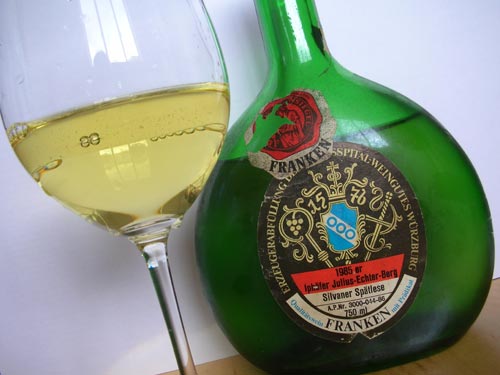Haart to Heart, Riesling, 2008
The 'Haart' in the Riesling with the funny name 'Haart to Heart' is not a spelling mistake. In fact, it comes from the Haart winery, who make some of our favourite sweet Mosel Riesling. It also seems they like a good pun, at least if it comes to labelling their basic Riesling. The 'Heart to Haart' is the only Haart wine that comes with a screw cap and without the 'eagle logo' of the VdP, the elite club of German wine makers, that is proudly displayed on all other Haart bottles. This is because in some years at least part of the grapes for the Haart to Heart are sourced from other growers, but this does not appear to have been the case for a while now. So, as far as the Haart winery is concerned it does not get more basic than this. How basic is basic?



